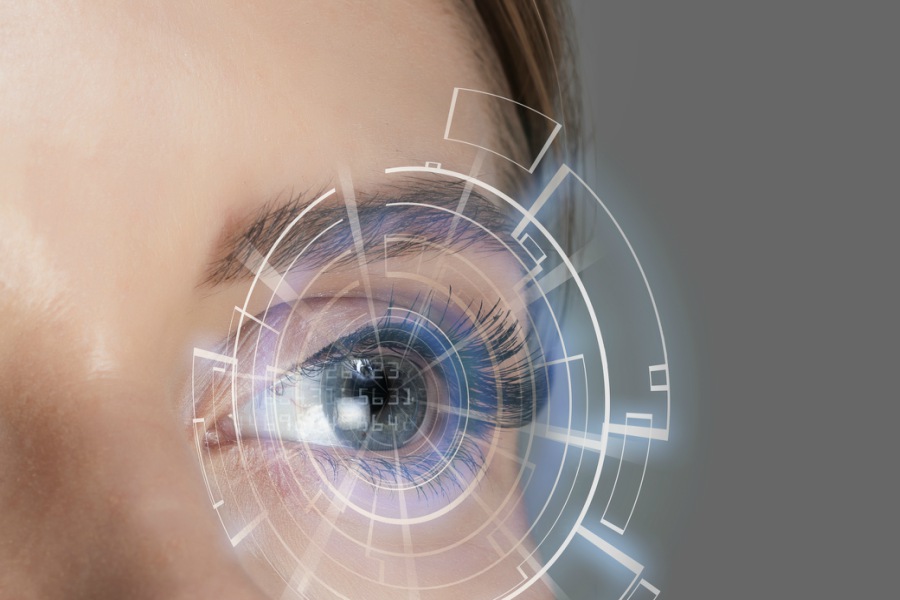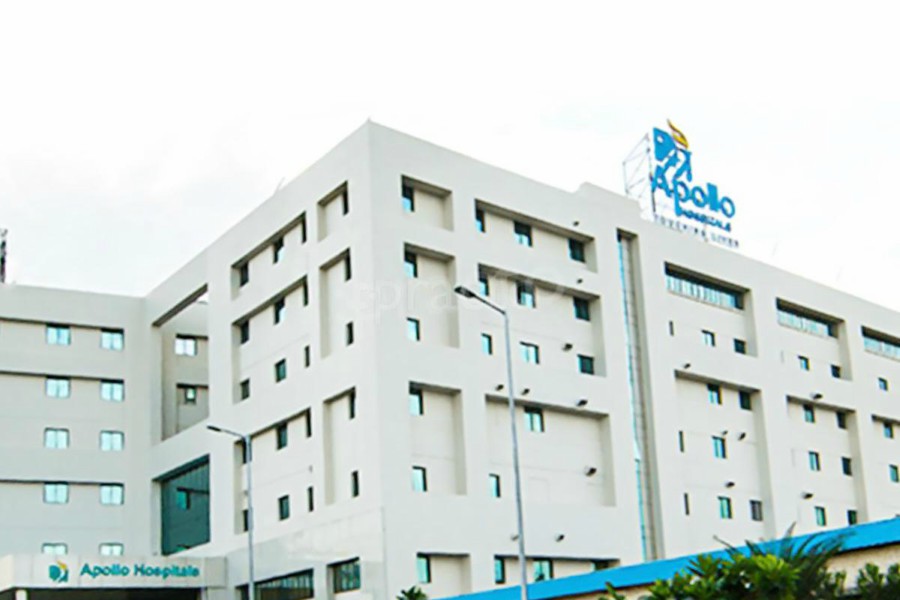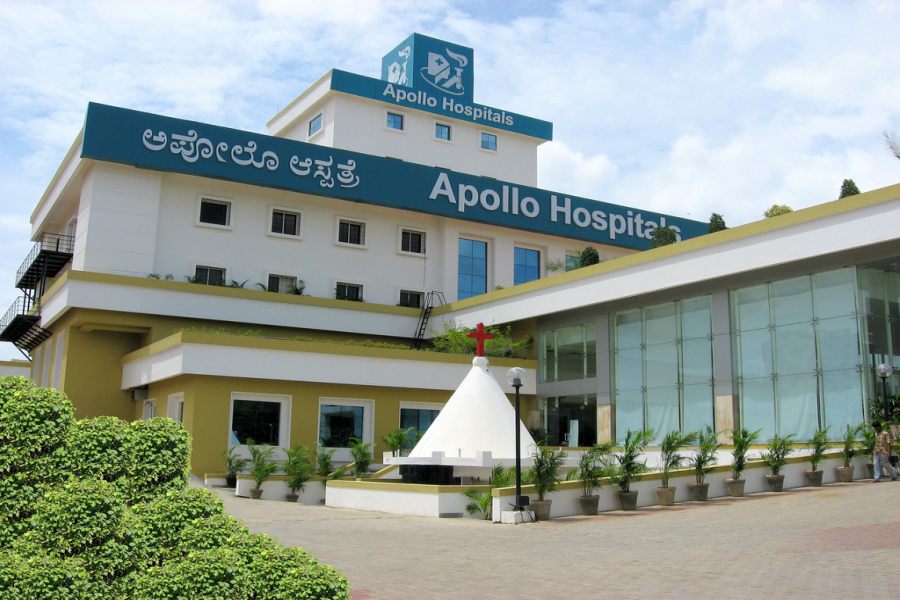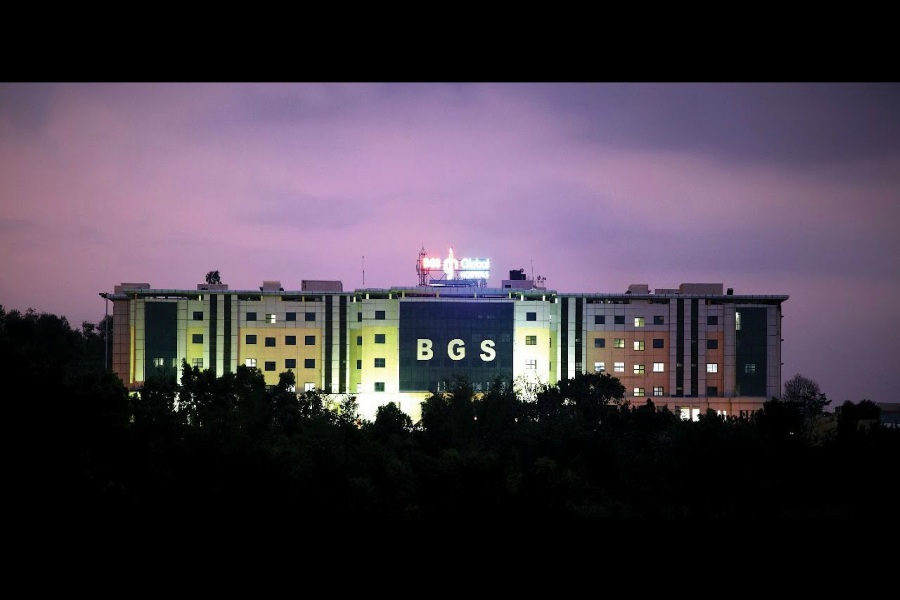
Do you have any conditions like myopia, hyperopia, or astigmatism? Are you tired of wearing glasses or lens? Are these glasses uncomfortable or you feel that the glasses do not look good on you? If your answers for the above questions are yes, then LASIK (laser in-situ keratomileusis) is the right solution for your problems.
Myopia (nearsightedness), hyperopia (farsightedness) or astigmatism are the refractive errors in which the focusing power of the eye is defective, resulting in blurred or distorted images. Glasses and eye lenses are used to correct the refractive error of the eyes.
Overview
LASIK is a surgical procedure performed to correct the vision in people with refractive errors. In this surgery, the cornea, part of the eye that focuses the light on the retina to create an image, is reshaped. This reshaping is done to improve the focus of the light that passes through the cornea.
ELIGIBILITY
LASIK can be done in a person who has any refractive error. But, LASIK cannot be done if a person:
- Is in his/her early 20s or younger
- Is having diabetes
- Is pregnant or a breastfeeding women
- Is taking medicines that may lead to changes in the vision
- Whose power of glasses or contact lens changed in the past year
- Has a medical condition that may hinder the wound healing process
- Is active in contact sports like boxing, martial arts or wrestling
- Cannot cope up with the unavoidable complications
PREPARATION BEFORE PROCEDURE
During your first visit to the doctor, your eyes will be carefully examined to evaluate whether you are fit for the procedure. Your medical history will be obtained. The doctor will perform some tests to measure the thickness of the cornea, refraction, corneal mapping, pupil dilation and eye pressure.
Tips for accurate evaluation:
- If you are using rigid gas permeable contact lenses or toric soft lenses, stop wearing them for at least three weeks before the evaluation.
- If you wear any other types of soft lenses, stop wearing them from at least two weeks before the evaluation.
- If you use hard lenses, stop wearing them for at least four weeks before the evaluation.
- During your evaluation visit, bring your glasses along with you
PROCEDURE TYPE
Based on the type of the cutting instrument used to cut the corneal flap, the surgery can be performed by two methods.
By using microkeratome: In this method, a ring will be placed in the eye. Along with the ring, very high pressure will be applied in order to generate suction to the cornea. When the suction ring is placed, you may experience little pressure and discomfort during the procedure. The cutting instrument, the microkeratome, is attached to the suction ring. The blade of the instrument is used to cut the flap of the cornea. After cutting the flap, the suction ring and instrument are removed out from the eye.
By using laser keratome: In this method, the cornea is flattened by using a clear plastic plate. Then laser energy is focused inside the cornea tissue. This laser energy creates thousands of small bubbles of water and gas. These bubbles expand and connect in order to separate the tissue present underneath the surface of the cornea and create a flap. After creating the flap, the plate is removed from the eye. The flap will be lifted and attached to the back on its hinge. Then the exposed tissue will be dried. The laser will be focused over the eye, and you will be asked to gaze at the light. This light aids in keeping the eye in one position during the laser procedure. Once the eye is in the correct position, the laser will be started and the corneal tissue will be removed. The amount of laser energy that is delivered to the eye is controlled by a computer. Based on the evaluation, the doctor will set a specific amount of tissue that is to be vaporized. Once the cornea tissue is vaporized, the flap is put back into the accurate position.
ABOUT PROCEDURE
Before the surgery
Eat a light meal on the day of the surgery. Do not apply any cream, lotion, makeup or perfumes. Do not wear any accessories in the hairs. Take all the prescribed medicines before going to the hospital.
During the surgery
You will be made to sit on a reclining chair in the exam room. There will be a laser system in the exam room, which includes a large machine with a microscope that is attached to a computer screen. The area around the eye will be cleaned, and a numbing drop will be given in the eye. Once the eye is numbed, lid speculum (instrument to hold the eye) will be placed to keep the eye wide open.
POST-PROCEDURE CARE
You may experience a little burn, itch, pain or pressure in the eye. You will be given some pain relief medications. After laser surgery, an eye shield will be given to protect the eye. The vision will be blurry or hazy after the procedure. You may be sensitive to glare at lights. The eye may appear red in color with some blood spots on the white portion of the eye. All symptoms may stay for a few days after the surgery.
The doctor will schedule your follow-up visit in which your eye shield will be removed, eyes will be examined, and the vision will be tested.
RECOVERY TIPS
Following measures may aid in faster recovery after the procedure:
- Avoid doing strenuous exercises and playing contact sports for four weeks after the surgery
- Avoid playing any non-contact sports for three days after the surgery
- Do not apply lotion, makeup or creams near the eye area for at least two weeks after the surgery
- Prevent your eye from getting hit or bumped
- Use eye drops as prescribed
- Use artificial tears to keep the eye lubricated (only if recommended)
- Avoid wearing contact lens until your doctor permits
FACTORS AFFECTING COST
The cost of the procedure may differ depending upon the following factors:
-
Type of the hospital
-
Type of the procedure
-
Surgeon fees
-
Condition of the eye
-
Post-operative care stay (if required)
-
Medications
FAQ
It may take nearly three to six months for the vision to be stabilized after the procedure.
No, you should avoid doing swimming or taking a bath in hot tubes or whirlpools for at least one to two months after the surgery.
No, it is unlikely that LASIK surgery will improve other vision symptoms like haloes or glare.
It is recommended to wear eye shield in the night for at least four weeks after the surgery. It aids in protecting the eye during the healing process.
The common side effects of LASIK surgery are temporary vision disturbances and dry eyes.


 Best Hospitals
Best Hospitals















